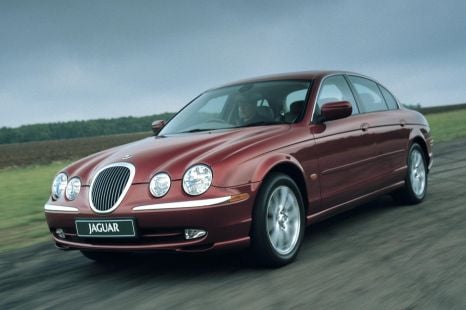

Derek Fung
Jaguar boss says chasing BMW 'didn’t work commercially'
44 Minutes Ago
Guest User
My dashboardThe world's supercar manufacturers are gearing up to go electric, but Pagani isn't ready to make the leap until technology moves forward further.

Contributor
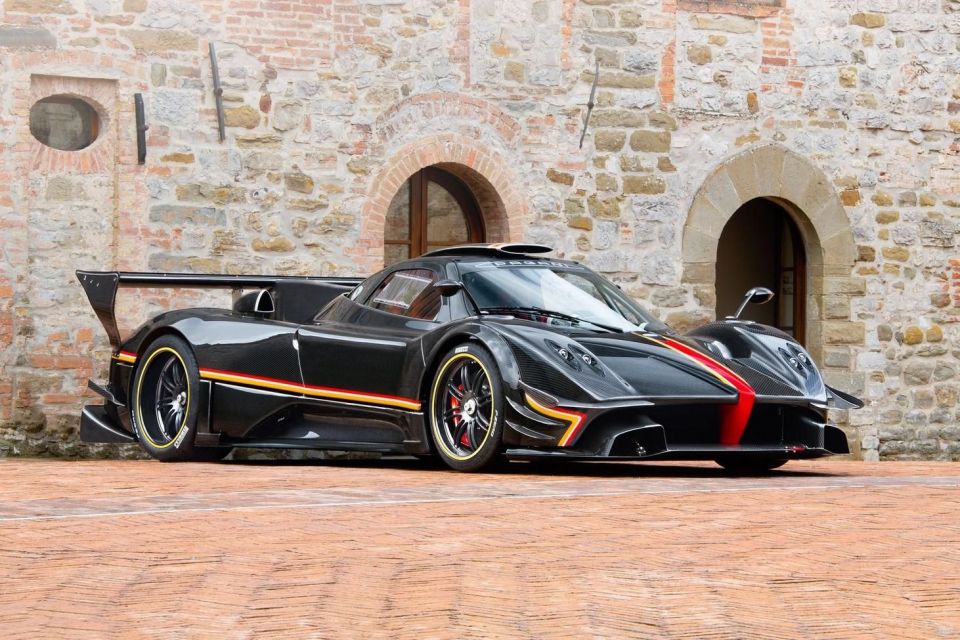

Contributor
The days of petrol-powered Pagani supercars aren’t over just yet, but they might be numbered.
Pagani boss Horacio Pagani told Autocar he’s had a team working on electric vehicles since 2018, but it’s yet to find a solution he likes – nor one customers would go for.
Mr Pagani told Autocar “in four years, we never found interest in the supercar market” for a Pagani electric car.
A spokesperson for the brand told the British publication EV development is ongoing, but “with the current technology, they are heavy and not really associated with stirring emotions”.
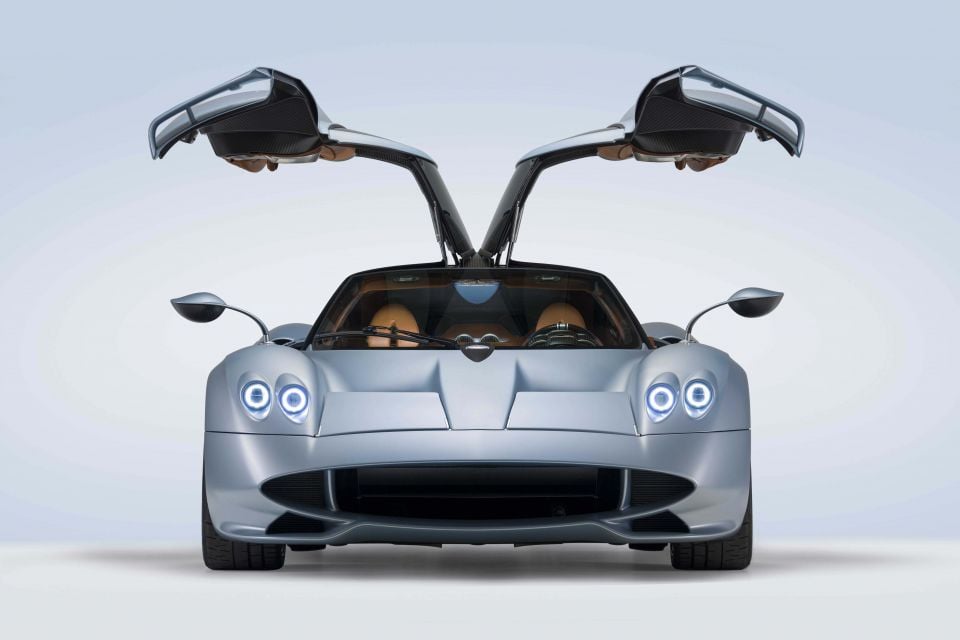
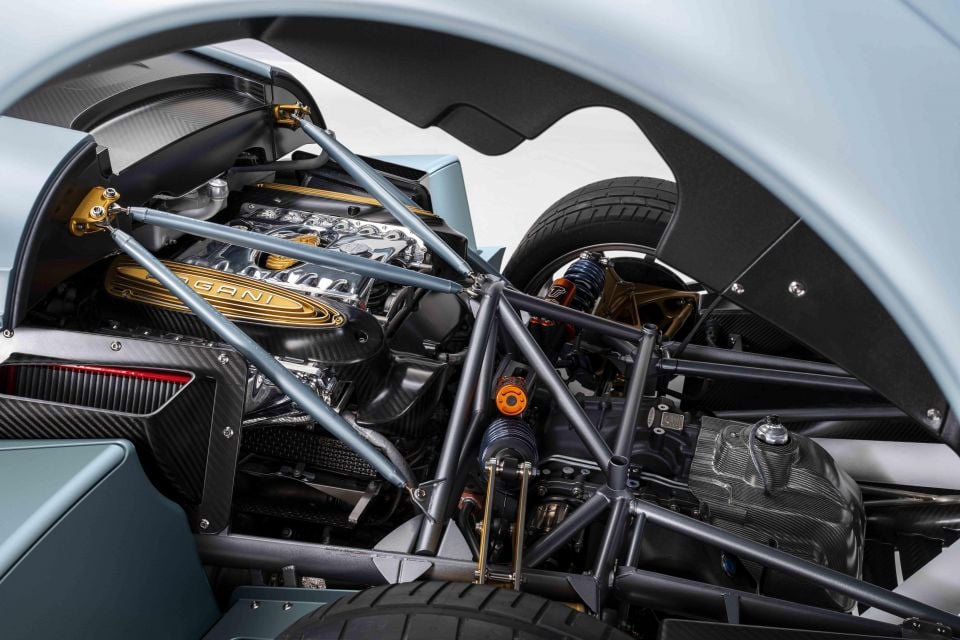
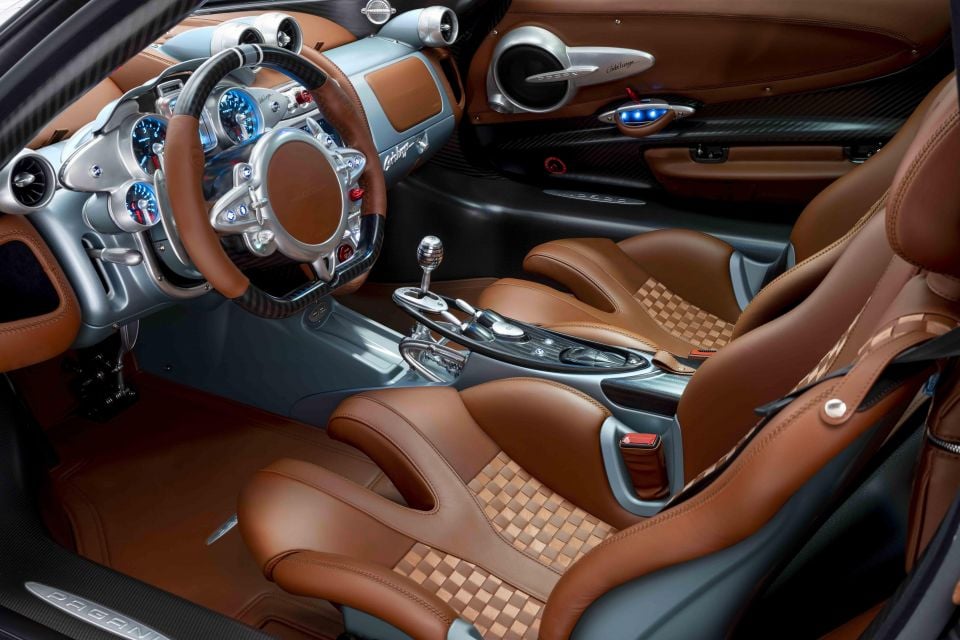

According to the spokesperson, the technology to build a 1300kg electric Pagani doesn’t exist in 2022.
They told Autocar a Pagani electric supercar has to be “true to the philosophy of being light, safe and emotional, and fun to drive and own”.
The world’s supercar manufacturers are currently working out how to keep driver engagement and emotion alive in the era of hybrid and electric cars.
Ferrari has committed to building an electric vehicle, and has already revealed its first series production plug-in hybrid: the 296 GTB.
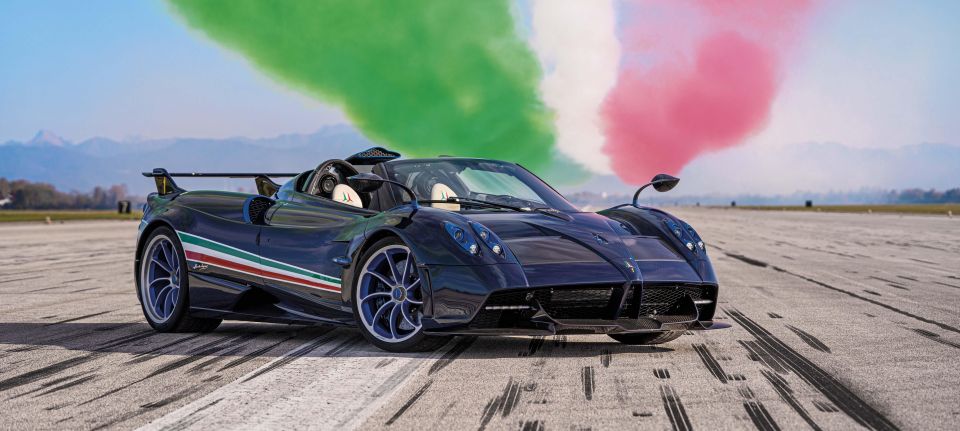
McLaren has entered its plug-in hybrid era, and Lamborghini is gearing up to hybridise its famous V12 flagship.
Pagani is currently developing another internal-combustion supercar to replace the Huayra. Pagani has confirmed the C10 hypercar will debut in Milan on September 12.
Pagani has previously confirmed the C10 will feature power from a 6.0-litre V12 engine supplied by Mercedes-AMG, mated to a choice of manual or automatic transmissions.
Weight reduction has been a focus, and Pagani has shunned electrification. Peak power is expected to sit around the 660kW mark, which makes it around 40kW more powerful than the Huayra.
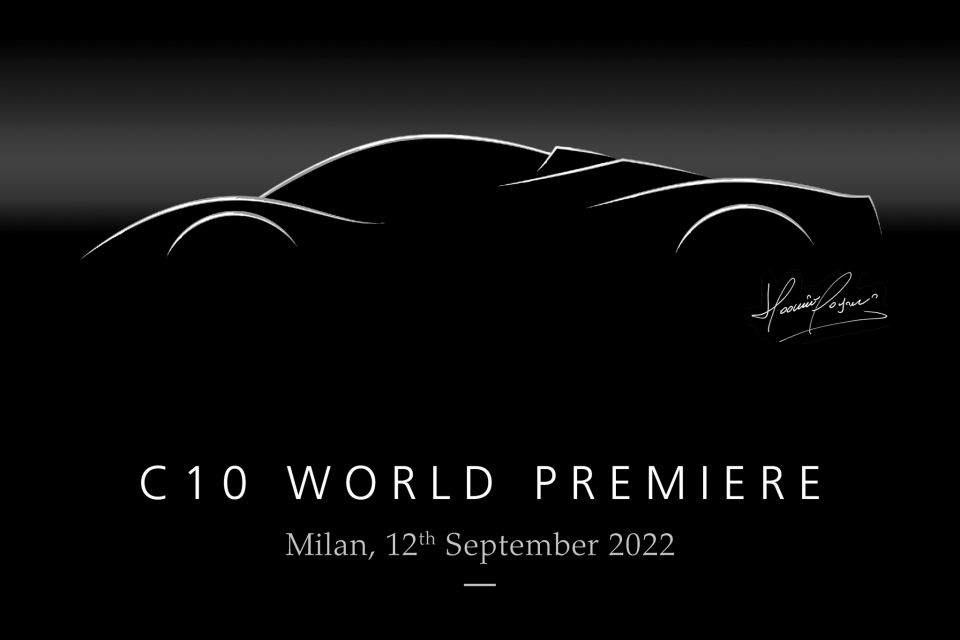
Cars are expected to start arriving with customers in 2023.
Although it’s created countless special editions and spin-offs, Pagani has only built three ‘models’ since its foundation.
The first was the Zonda, which debuted at the Geneva motor show in 1999. It was succeeded by the Huayra in 2010, which ditched the naturally-aspirated V12 engine for a more powerful turbocharged unit.
Not only did it bring about more power, the Huayra evolved the Zonda’s design language and introduced elements such as active aerodynamics to the mix.
Scott Collie is an automotive journalist based in Melbourne, Australia. Scott studied journalism at RMIT University and, after a lifelong obsession with everything automotive, started covering the car industry shortly afterwards. He has a passion for travel, and is an avid Melbourne Demons supporter.


Derek Fung
44 Minutes Ago
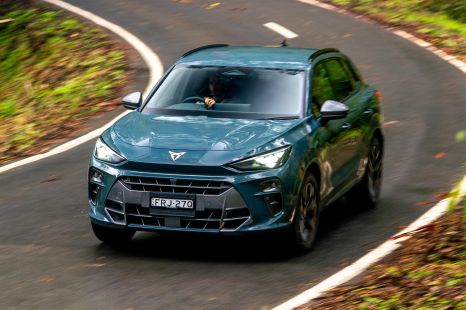

Matt Campbell
7 Hours Ago
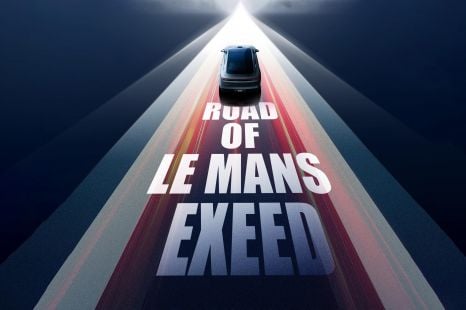

Andrew Maclean
14 Hours Ago


Max Davies
14 Hours Ago


Max Davies
14 Hours Ago
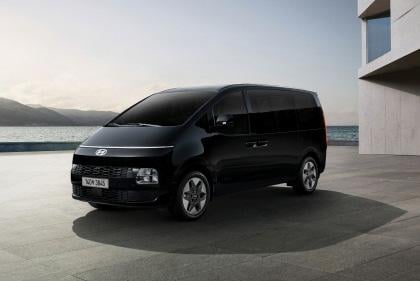

Damion Smy
16 Hours Ago